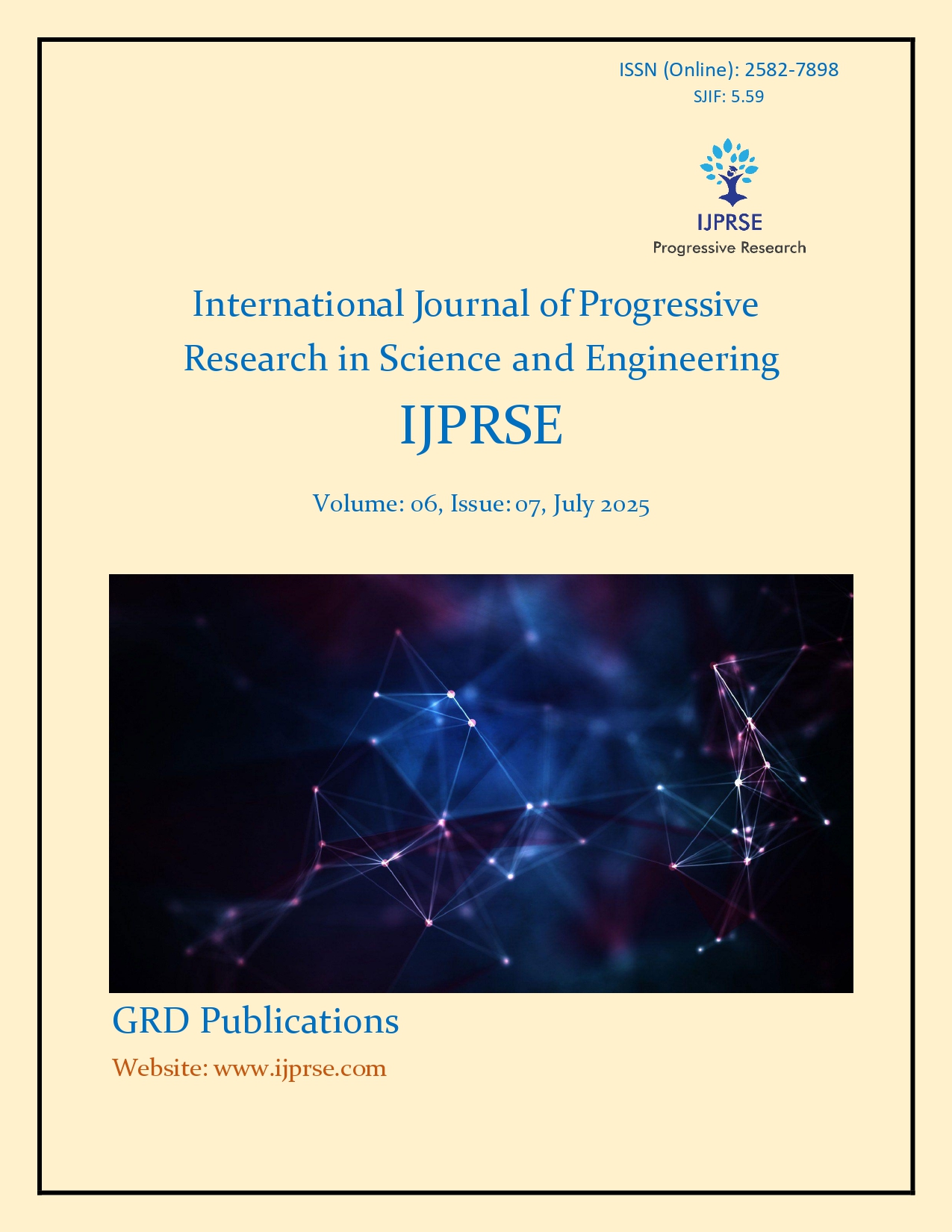Pharmacological Review of Pouteria Campechiana
Keywords:
Pouteria Campechiana, canistel, antioxidant, anti-inflammatory, phytochemical constituents.Abstract
Pouteria campechiana, commonly known as canistel or eggfruit, is a tropical evergreen tree native to southern Mexico and Guatemala. It produces bright yellow-orange fruits with a sweet, creamy flesh reminiscent of a hard-boiled egg yolk, making it a unique addition to the Sapotaceae family. It contains significant amounts of dietary fiber, calcium, phosphorus, and iron. The pulp is particularly notable for its high carotenoid content, including β-carotene, lutein, and violaxanthin, which contribute to its vibrant color and potential pro-vitamin A activity. Phytochemically, P. campechiana is abundant in secondary metabolites such as phenols, flavonoids, tannins, and alkaloids. Studies have identified compounds like quercetin, myricetin, gallic acid, and protocatechuic acid in its leaves and seeds, contributing to its antioxidant and anti-inflammatory properties. Pharmacologically, the plant exhibits a range of biological activities. Its fruit pulp and peel have demonstrated significant antioxidant capacities. This study investigates its phytochemical composition and pharmacological properties to assess its potential as a natural therapeutic agent. The antioxidant activity was evaluated neuroprotective and antioxidant activity, demonstrating notable free radical scavenging abilities . These findings underscore the therapeutic potential of Pouteria campechiana and support its traditional medicinal uses. Further research is warranted to isolate specific compounds and elucidate their mechanisms of action for potential development into natural remedies. In summary, pouteria campechiana is a nutritionally rich fruit with diverse pharmacological properties, making it a valuable candidate for further research and potential therapeutic applications.
Downloads
Downloads
Published
How to Cite
Issue
Section
License
Copyright (c) 2025 Mathew George, Lincy Joseph, Sincy V J, Fathima Thanveera, Varnana P P

This work is licensed under a Creative Commons Attribution-NonCommercial 4.0 International License.


